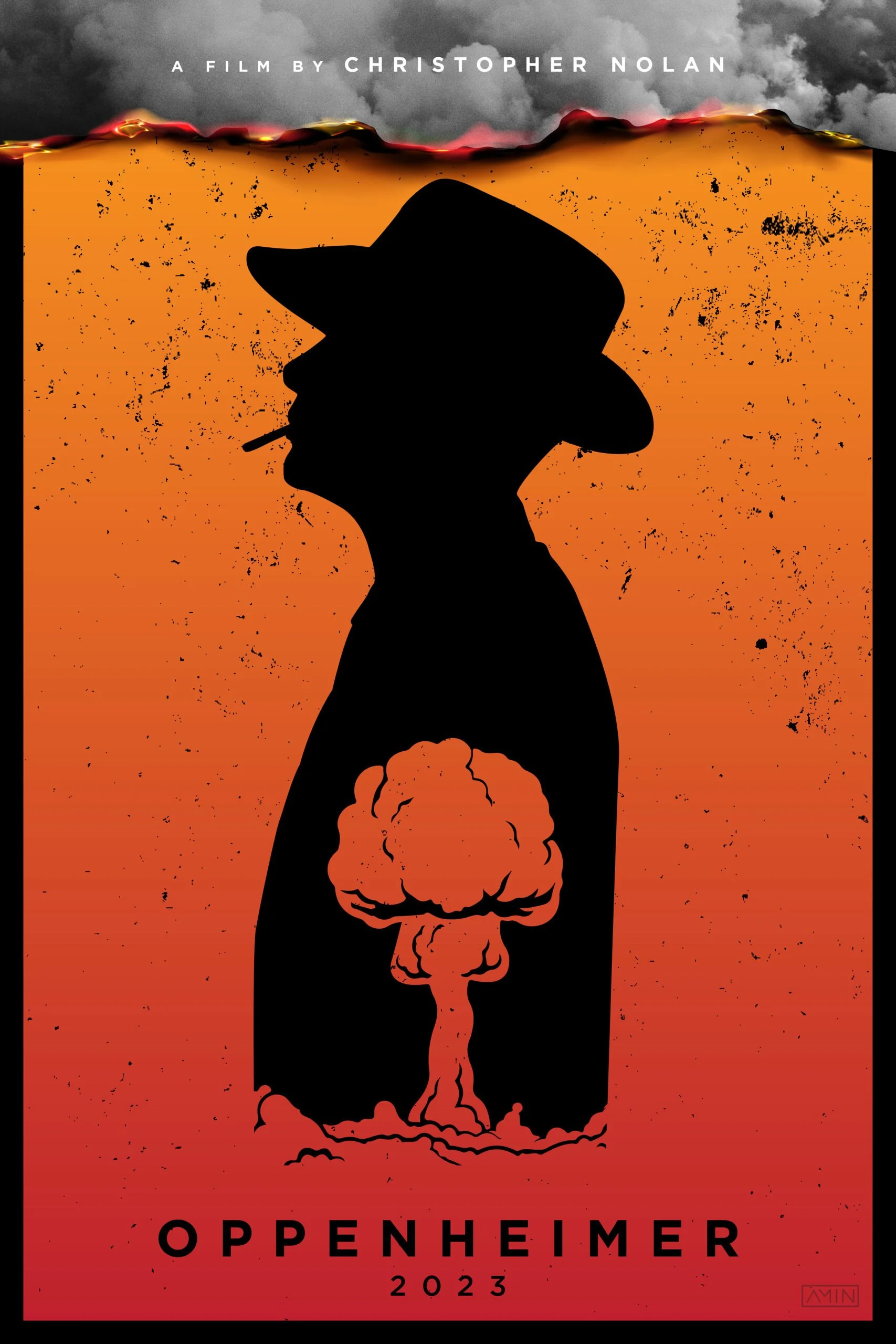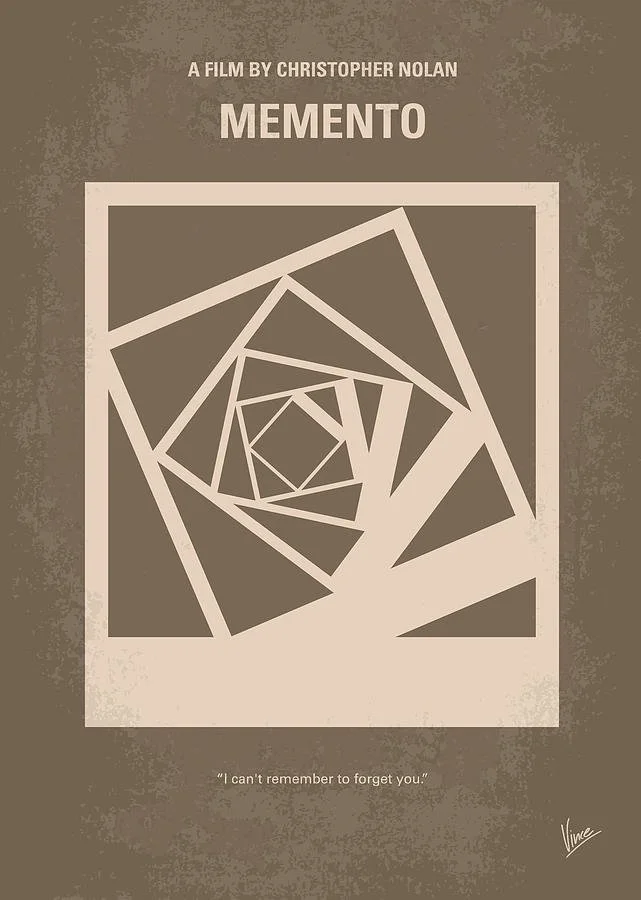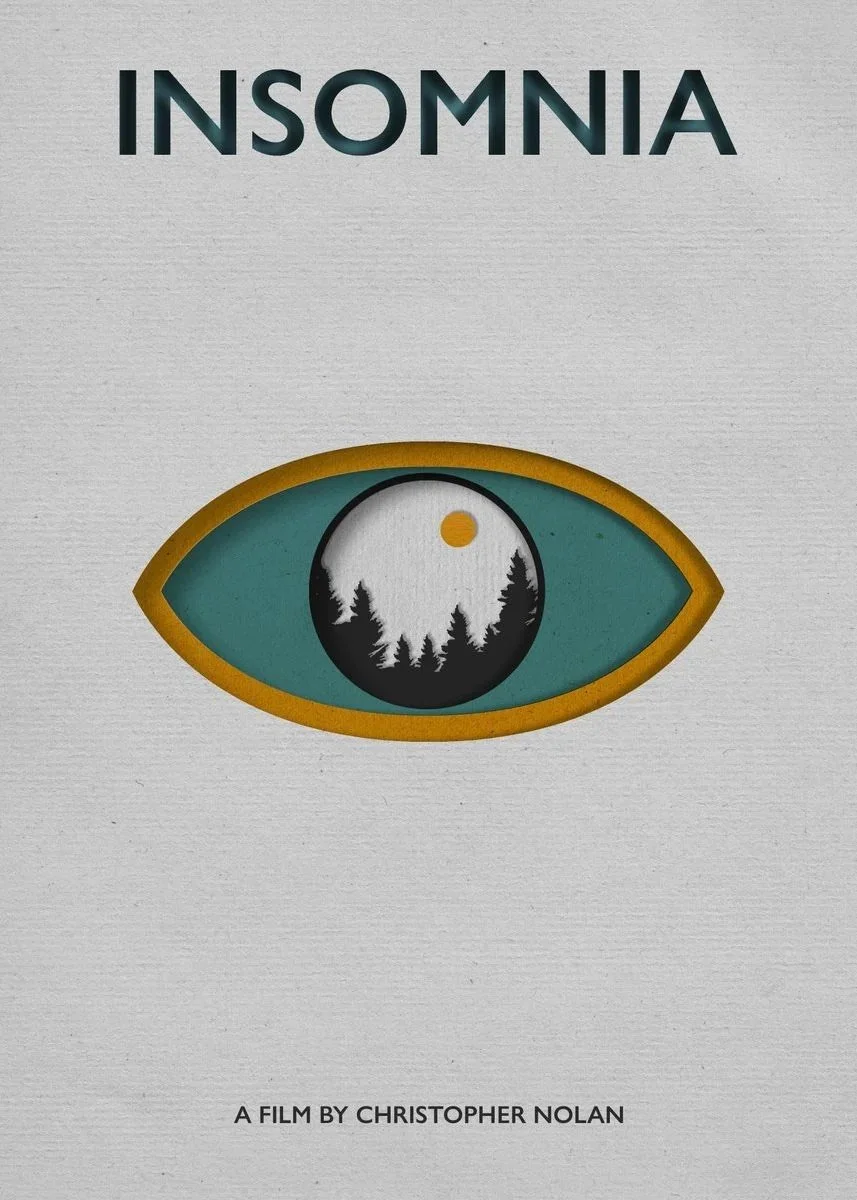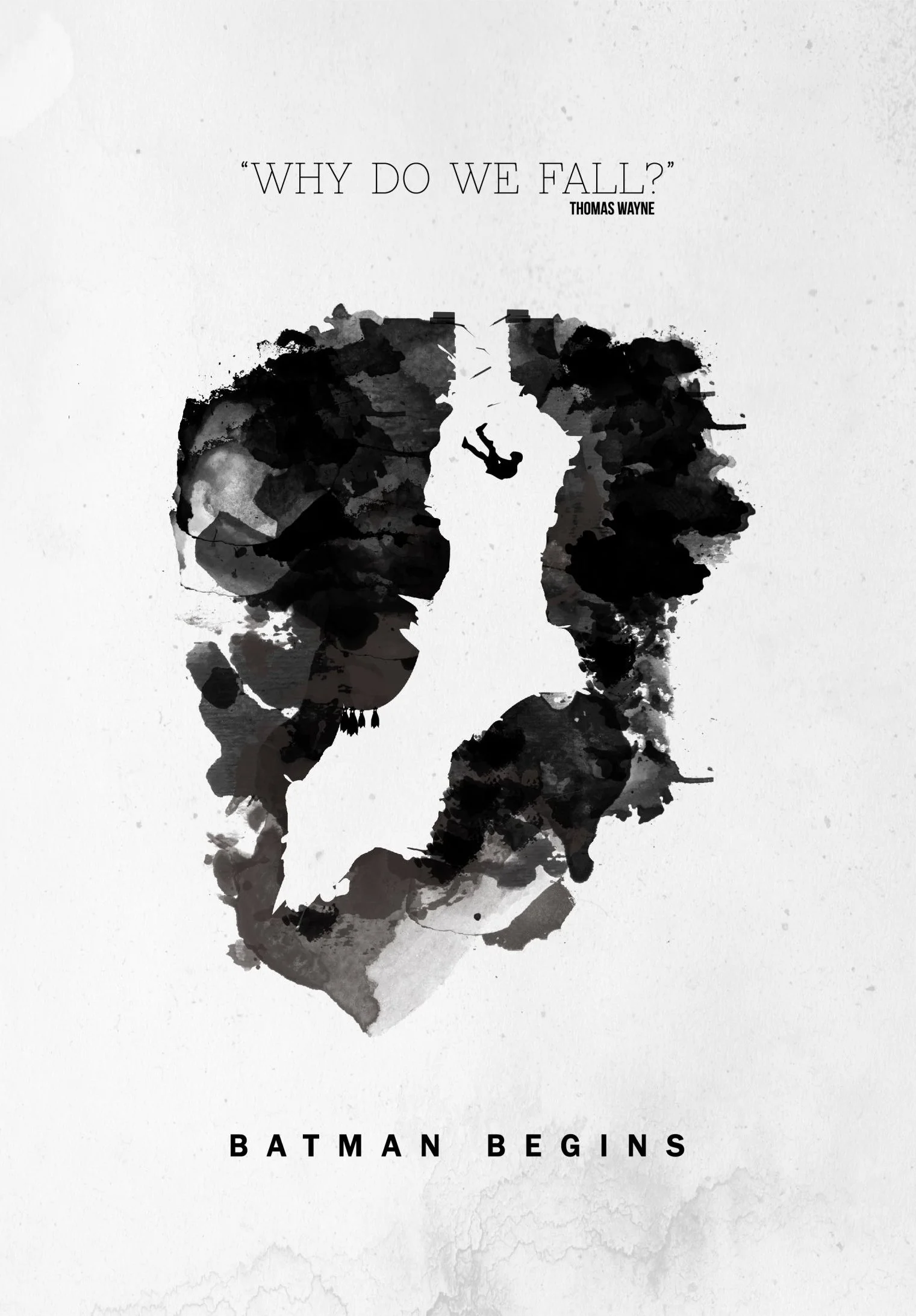Works of Christopher Nolan
The Style of Christopher Nolan
Christopher Nolan has gained a reputation for his technical skillset, narrative dexterity, impeccable cinematography, and unrivaled production value. His self-confidence as a director enables him to execute his vision with awe-inspiring clarity while further bucking long-established studio filmmaking practices.
In terms of film-making, Nolan favors old school techniques over modern trends. He’s become a valiant defender of celluloid film. He endeavors to ground his stunts and set-pieces in practical effects as much as possible. He dismisses 3D as the way to attract modern audiences to the theater, presenting an alternate argument for larger 2D formats like IMAX that are capable of staggering clarity.
These aspects of his artistic profile are why the release of a new Christopher Nolan film is regarded as such a cultural event—his methods simply give his films the kind of weight and gravitas we accord to monuments.
-
Christopher Nolan has been described as an “emotional mathematician” by director Guillermo Del Toro in that he evokes emotion by structuring his stories in a way that’s precise and measured. As a result, Nolan’ has become known for his puzzle-like storytelling, commonly sequencing his films non-linearly. As Nolan’s filmography has grown, there indeed appears to be a formula for how he structures his stories for maximum emotional impact.
Christopher Nolan approaches structure from a very mathematical and geometrical point of view. A lot of diagrams and a lot of careful planning. He writes the script the way the audience is going to be receiving that information; the hope is to create a cohesive and organic rhythm and story movement.
Nolan applies the concept of the Shepard tone to his screenwriting. The Shepard tone is a musical structure/illusion whereby you can keep climbing up the scale, but you never seem to go out of reach.
-
Nolan’s use of cross-cutting between various story threads creates suspense and primes us for cathartic twists. Nolan orchestrates the action like a symphony—each character thread becoming, in effect, its own instrument; played in harmony with the others and swelling to a climactic crescendo.
Additionally, Nolan’s use of cross-cutting between parallel threads of action allows him to manipulate time himself, compressing it into one cosmic instance across sprawling distances.
-
Time (and the manipulation thereof) consistently shape the structure of Nolan’s films. Nolan’s films explore and subvert our perception of time in pursuit of a greater, unified statement about the subjectivity (and fragility) of our individual realities—there is no single objective truth in his films, no matter how hard his characters search for it. Nolan inherently understands that cinema has the unique ability to subvert the flow of time while uncovering the emotional truth hidden underneath. To Nolan, time is not an unstoppable, forward-marching force beyond our control — it is merely another storytelling tool; a dimension that can be stepped outside of and manipulated to his will. Additionally, Nolan’s fondness for cross-cutting between parallel threads of action allows him to manipulate time himself, compressing it into one cosmic instance across sprawling distances. Nolan also uses math and physics as a storytelling tool.
-
Nolan endeavors to ground his stunts and set-pieces in practical effects and the gravity of real-world physics as much as possible which gives Nolan's films a visceral weight and tangible physicality as opposed to the surgical precision of computer-generated imagery. This contributes to audience immersion which demands as few barriers between the image and the audience as possible. This drive to shoot as much in-camera as possible informs Nolan’s overall visual approach, making us believe in the impossible while safeguarding his creation from the inevitable advances in digital effects technology that otherwise might date his visuals.
-
Nolan generally films in large formats: 35mm and IMAX 70 mm. In particular, the supersized IMAX format help complement Nolan’s spectacle-oriented aesthetic. Nolan’s use of IMAX has only seldomly been adopted by other directors—indeed, shooting a large portion of his films in the format has become a high-profile artistic signature of his, to the degree that anyone else who tries it risks being seen as a copycat or a pale imitation.
Nolan also uses a 2.35:1 aspect ratio (Widescreen Cinemascope) which has become the established medium for movie theater or “Big Screen Cinema” presentations and a 1.43:1 aspect ratio for 70 mm IMAX.
Nolan’s camerawork can be described as classical, majestic, and spectacle-oriented, utilizing a mixture of grandiose dolly tracks, crane arms, steadicams and sweeping helicopter aerials while also sprinkling in the occasional handheld, speeding Russian arm maneuver, or circular dolly. With actions scenes, Nolan sometimes utilizes a chaotic quick-cut approach rather than frenetic handheld camerawork.
Nolan’s visual aesthetic is achieved with a combination of stark contrast, subdued color, and naturalistic lighting with a gritty vision of a slightly-heightened reality as well as Nolan’s penchant for functional style.
Structures of Nolan Films
-

Story Structure of Memento
Memento is told
-

Structure of Dunkirk











